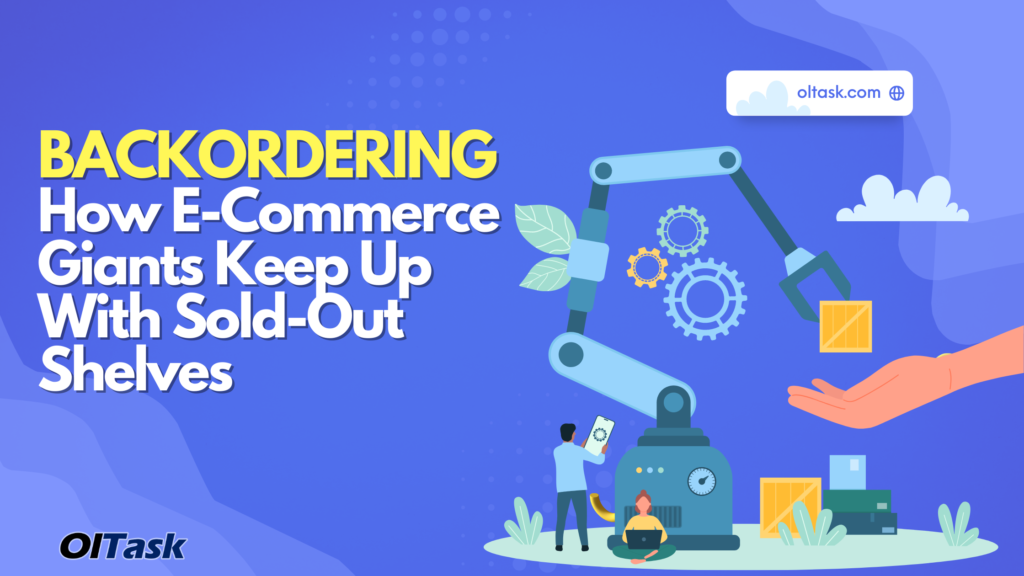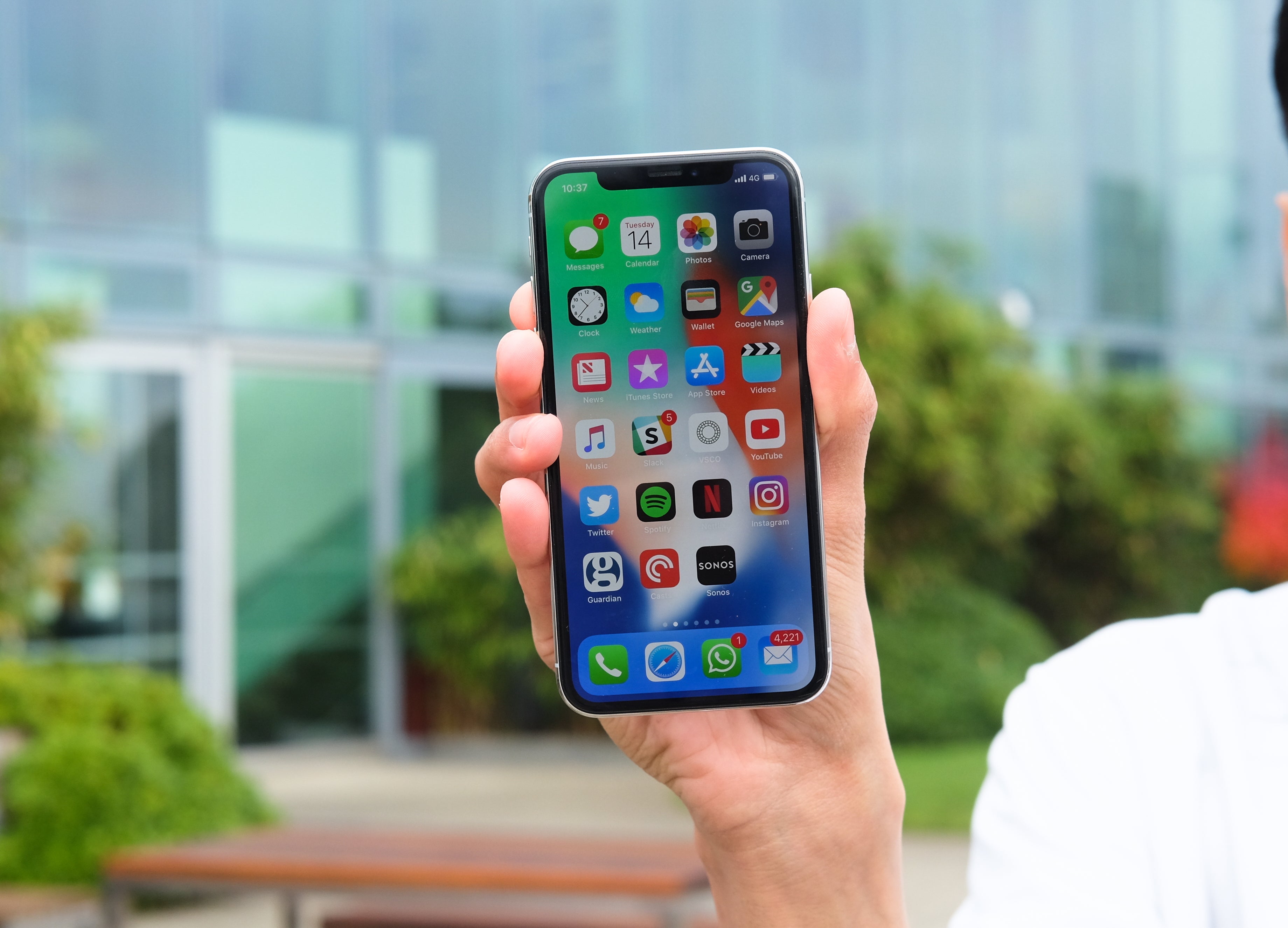Understanding Backordering: A Comprehensive Guide to Materials Management

In the dynamic world of e-commerce and complex materials management, aligning customer demand with available supply can be quite the puzzle. Enter the superhero solution: Backordering. It’s the magic potion that lets businesses efficiently manage their inventory, cut holding costs, and keep customers happy even during stock shortages.
Discovering Backordering: A Deep Dive

Have you ever found yourself pondering over the mysteries of materials management? Let’s unveil the secret weapon that’s been transforming the game.
The Essence
Picture this – Backordering swoops in to save the day. It guarantees you access to products, even when they’re seemingly taking a timeout in the “out of stock” corner. It’s like having a backstage pass to the hottest show in town, ensuring you never miss out.
Global Stars
Wondering if this is the real deal? Take a look at the world’s retail giants. They’ve all hitched their wagons to the Backordering star. Why? Because it’s a game-changer. It’s the strategy that’s elevated their sales and turned their inventory worries into a distant memory.
Win-Win
But wait, there’s more! Backordering isn’t just about ensuring products are within reach. It’s about shaking off those inventory blues. Imagine maintaining a steady stream of sales even when products hit the “out of stock” sign. It’s a win-win situation that keeps revenue flowing and customers smiling.
The Power of Backordering Unveiled
Backordering lets customers order temporarily out-of-stock products, ensuring access even during shortages. Widely used by global retailers, it offers benefits like improved sales and inventory management.
Industries Where Backordering Shines
Explore diverse sectors where backordering revolutionizes business strategies, propelling success to new heights.
- Fashion – Ensure swift access to trendy seasonal items, effortlessly staying in style even when products are temporarily off the shelves.
- Electronics – Expertly navigate spikes in demand for hot electronics, ensuring eager customers can snag the latest gadgets without disappointment.
- Manufacturing – Conquer the challenge of fluctuating production schedules, maintaining a streamlined process and efficient output.
- Food – Keep your culinary creations accessible, regardless of ingredient availability, ensuring customers enjoy delightful dishes even amidst shortages.
Exploring Backordering’s Ups and Downs

Diving into the realm of backordering, we uncover the dual nature of this strategy. How does it influence inventory and customer satisfaction? Let’s take a closer look.
The Bright Side: Pros of Backordering
- Ensuring Continuous Sales – Unlock the power of uninterrupted revenue, even amid inventory hiccups. By embracing backorders, businesses seize opportunities and keep customers content.
- Inventory Efficiency – Say goodbye to excess stock woes. Backordering streamlines inventory levels, cutting storage demands and reducing risks of oversupply. Efficiency wins, and so does cash flow.
Navigating the Challenges: Cons of Backordering
- Potential Customer Dissatisfaction – The time factor can’t be ignored. Delayed deliveries might ruffle customer feathers and invite negative reviews. Lengthy lead times? Potential lost sales and a bruised reputation.
- Risk of Order Cancellations – The tightrope gets trickier. Long waiting periods can lead to order cancellations as customers look elsewhere. Lost revenue and unwanted stockpiles might be the unwelcome outcomes.
Backordering’s Crucial Role in Smart Materials Management
In the dynamic world of materials and inventory management, backordering takes center stage as a strategic gem. It’s the secret sauce that propels businesses toward efficient operations and meeting customer needs seamlessly.
Demand-Supply Balancing
- Backordering allows customers to place orders for products that are currently out of stock, providing businesses with a clear indication of demand.
- By understanding customer preferences through backorders, companies can align their inventory levels to meet expected demand accurately.
Inventory Optimization
- Implementing backordering enables businesses to maintain lower levels of standing inventory, reducing carrying costs and minimizing the risk of overstocking.
- This approach facilitates a more streamlined and cost-effective inventory management process.
Stockout Prevention
- With backordering in place, businesses can prevent stockouts during periods of high demand or unexpected disruptions in supply.
- By allowing customers to pre-order products, companies can ensure a steady flow of sales even when physical inventory is temporarily depleted.
Customer Satisfaction
- Backordering enhances customer satisfaction by offering an option to secure desired products, even during stock shortages.
- Customers appreciate the transparency and convenience of placing backorders, fostering loyalty and positive brand experiences.
Backordering offers significant benefits for businesses striving for strategic growth in both sales and inventory management:
How Businesses Can Benefit from Backordering

Backordering offers significant benefits for businesses striving for strategic growth in both sales and inventory management.
Elevating Sales Strategies
Discover how the art of backordering not only streamlines inventory but also shapes savvy sales strategies, boosting customer satisfaction and loyalty along the way.
- Strategic Edge – Backordering serves as a potent tool, seamlessly intertwining inventory management with sales enhancement.
- Custom Delight – By allowing customers to order temporarily unavailable items, businesses can tailor their offerings, cultivating heightened customer satisfaction and brand loyalty.
- Repeat Business – The availability of backorders means customers remain loyal, confident that their desired products will eventually be fulfilled, driving repeat sales and allegiance.
Refining Inventory Management
Uncover how it fine-tunes inventory management, minimizing costs and ensuring optimal stock levels for seamless operations.
- Core Efficiency – Efficient inventory management is paramount for business success, and backordering takes center stage in this endeavor.
- Balance Beckons – Backordering enables businesses to strike a harmonious balance between maintaining ample stock and steering clear of excess inventory.
- Smart Cost Control – Anticipating demand with precision minimizes overstocking risks, resulting in lower holding costs and optimized resource utilization.
- Stockout Prevention – Through backordering, businesses avert the threat of stockouts during demand surges or unexpected supply hiccups. Customers can still place orders even if products are momentarily out of stock, ensuring a steady sales stream.
Common Challenges with Backordering and Solutions
Navigating the challenges of backordering is essential for maintaining customer satisfaction. Learn how to overcome common hurdles and implement effective solutions for a seamless process.
Delayed Delivery Times and its Impact
Managing delivery expectations is crucial in backordering. Discover the impact of delayed deliveries and strategies to mitigate risks, ensuring customer satisfaction.
Customer Dissatisfaction
- When customers place backorders and experience prolonged delays in receiving their products, it can lead to frustration and dissatisfaction.
- Dissatisfied customers are more likely to cancel their orders, seek alternative options, or express their grievances publicly, tarnishing the company’s reputation.
Lost Sales
- Extended delivery times resulting from backorders can lead customers to opt for competitors’ products that are readily available.
- Lost sales can have a negative impact on revenue and market share, especially if customers switch to competitors for their immediate needs.
Mitigating the Impact
To overcome the challenges of backordering, businesses can implement strategies that mitigate its impact, ensuring smooth operations and satisfied customers.
Efficient Inventory Management System
- Implementing a robust inventory management system that tracks inventory levels in real-time can help businesses avoid stockouts and accurately fulfill backorders.
- Real-time tracking enables businesses to maintain a clear view of available stock and make data-driven decisions.
Transparent Customer Updates
- To manage customer expectations effectively, businesses should provide regular and transparent updates on the status of backorders.
- Keeping customers informed about any delays or changes in delivery timelines builds trust and reduces uncertainty.
Realistic Delivery Timeframes
- Setting realistic delivery timeframes is crucial to avoid overpromising and underdelivering.
- Businesses should assess their capabilities, supplier lead times, and shipping processes to establish accurate delivery estimates.
Exceeding Customer Expectations
- While setting realistic timelines, businesses can aim to exceed customer expectations by delivering orders earlier than promised whenever possible.
- This proactive approach surprises and delights customers, enhancing their overall experience.
Case Studies Unveiled: Backordering in Action
Delve into the success stories and challenges faced by businesses leveraging this strategy, gaining a deeper understanding of how backordering operates in action. Discover how this approach reshapes supply chains, customer experiences, and market dynamics, driving innovation and adaptability across industries.
Case Study 1: Apple Inc. (2017) – Meeting iPhone X Demand

- Demand Surge – iPhone X’s popularity led to swift sellouts.
- Strategy Insight – Apple embraced backordering for insight into customer interest and ensured supply.
- Production Hiccups – Despite the strategy, production issues caused delivery delays.
- Key Takeaway – The case underlined the delicate balance between demand and production capabilities.
- Operational Tips – Transparent customer communication and a robust logistics system were essential to address unforeseen production challenges effectively.
Case Study 2: Nike (2020) – Navigating Supply Chain Disruptions

- Pandemic Impact – COVID-19 disrupted Nike’s supply chain in 2020.
- Loyalty Maintenance – Nike utilized backordering to maintain customer loyalty and meet demand.
- Unintended Hurdles – While the strategy kept loyalty intact, fulfillment delays led to negative customer feedback.
- Lesson Learned – Backordering can sustain loyalty during disruptions, but delays can dampen customer satisfaction.
- Operational Insights – Efficient inventory management and effective communication are pivotal to minimizing delays and enhancing the overall customer experience.
Case Study 3: Coca-Cola (2021) – Aluminum Can Shortages Challenge

- Supply Shortfall – In 2021, Coca-Cola faced aluminum can shortages due to pandemic-related disruptions.
- Loyalty Sustenance – Backorders helped Coca-Cola manage customer loyalty and demand.
- Unexpected Consequences – Despite keeping supply flowing, delays in fulfilling backorders caused customer dissatisfaction.
- Valuable Wisdom – Backordering can help manage supply disruptions, but it’s crucial to tackle delays head-on.
- Operational Must-Haves – Proper inventory tracking and transparent communication play a pivotal role in balancing supply and demand effectively.
Through these real-world examples, the power and complexities of backordering come to light. Balancing demand, ensuring smooth logistics, and keeping customers informed are the keys to success.
Tips for Implementing a Successful Backordering System
To ensure the successful implementation of a backorder system, businesses should adopt the following best practices
Proper Customer Communication
- Update Regularly – Keep customers in the loop from backorder placement to delivery.
- Transparency Wins – Share why backorders happen and how orders are progressing.
- Swift Queries – Respond promptly to customer questions, building trust.
Effective Inventory Management
- Strong System – Embrace a trustworthy inventory management system.
- Real-Time Control – Monitor inventory levels in real-time for informed decisions.
- Automated Alerts – Set up alerts for customers and your team, tracking changes in stock and order status.
Wrapping Up
In the dynamic world of commerce, embracing backordering isn’t just an option; it’s a smart strategy. As this guide unveils, backordering holds the key to unlocking inventory efficiency and customer delight.
While challenges may arise, armed with insights and best practices, businesses can navigate the terrain with finesse.
So, dive in with confidence. As you weave backordering into your strategy, watch your inventory management story evolve into one of harmony and success. The journey is yours to embark upon – seize it, embrace it, and thrive!